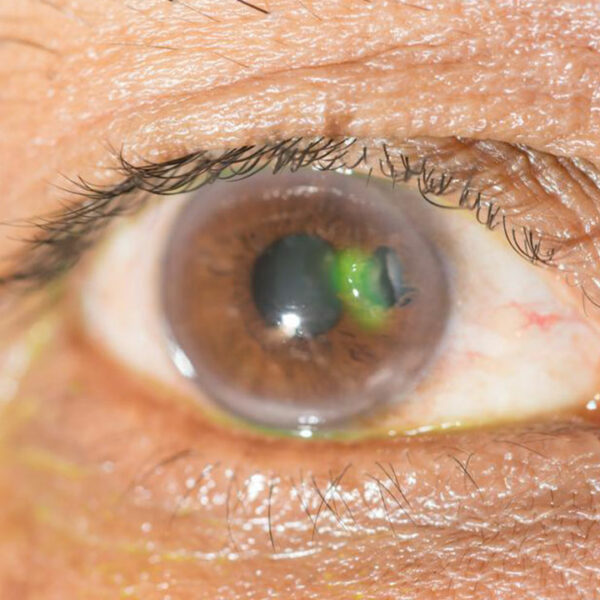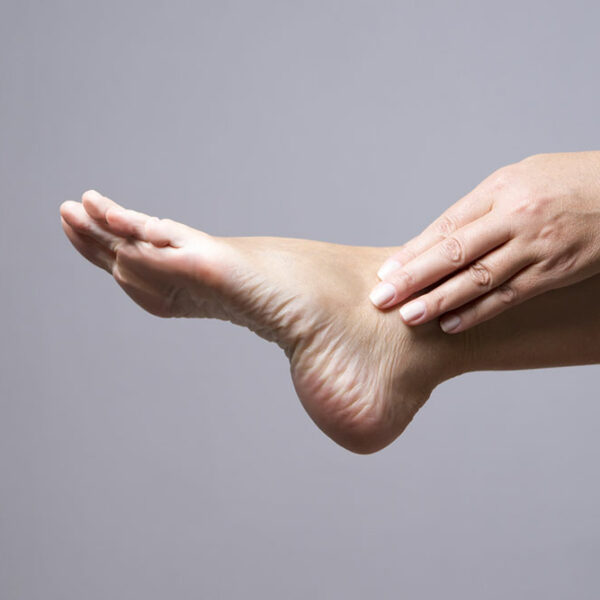
Various eye diseases and their symptoms
Most of us would suffer from eye problems one time or the other. While some may be treatable at home, others need the care of a specialist. Eyes are complex organs that require many parts to work together to produce a clear vision. Proper eye health can be maintained by having all parts to function well. There are many eye diseases and their symptoms, a few of common ones are listed below. What are the various eye diseases and their symptoms? 1. Eyestrain Reading for long hours, working for long hours in front of the computer, or driving long distance can lead to overusing of eyes. Just like any other part of the body, eyes too get tired and need some rest. This is one of the common eye diseases, symptoms of which are given below. Symptoms of strained eyes are: Sore, tired, burning or itching eyes Watery or dry eyes Blurred or double vision Headache Sore neck, shoulders or back Increased sensitivity to light Difficulty concentrating Inability to keep the eyes open 2. Red eyes Experiencing bloodshot eyes for some days? The eye’s surface is a network of blood vessels; when they are irritated or infected, they give the appearance of the red eye look.









